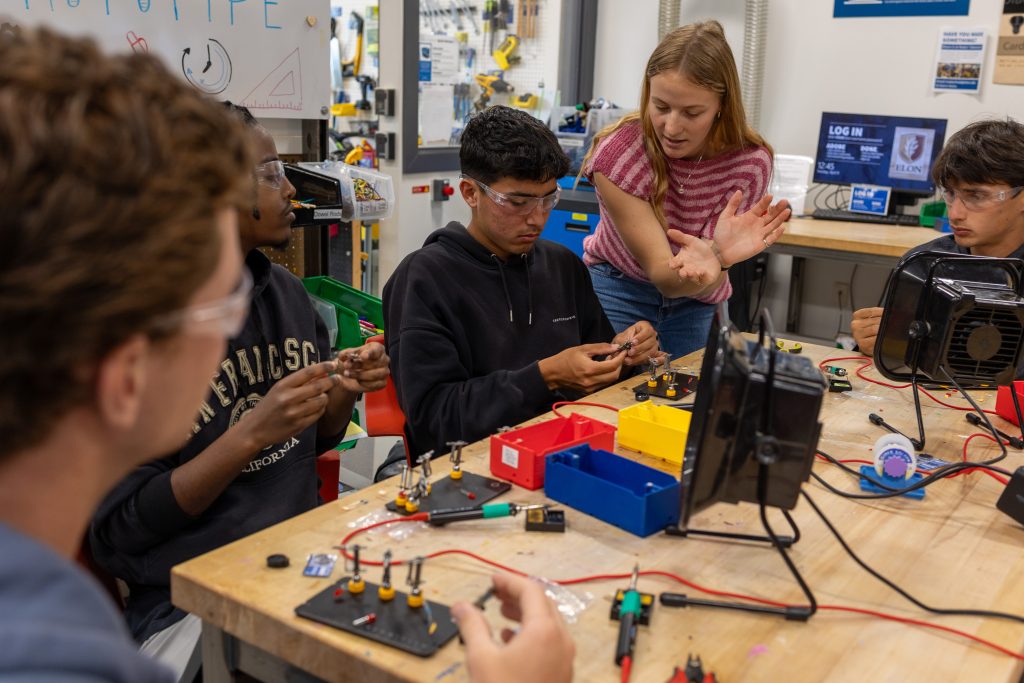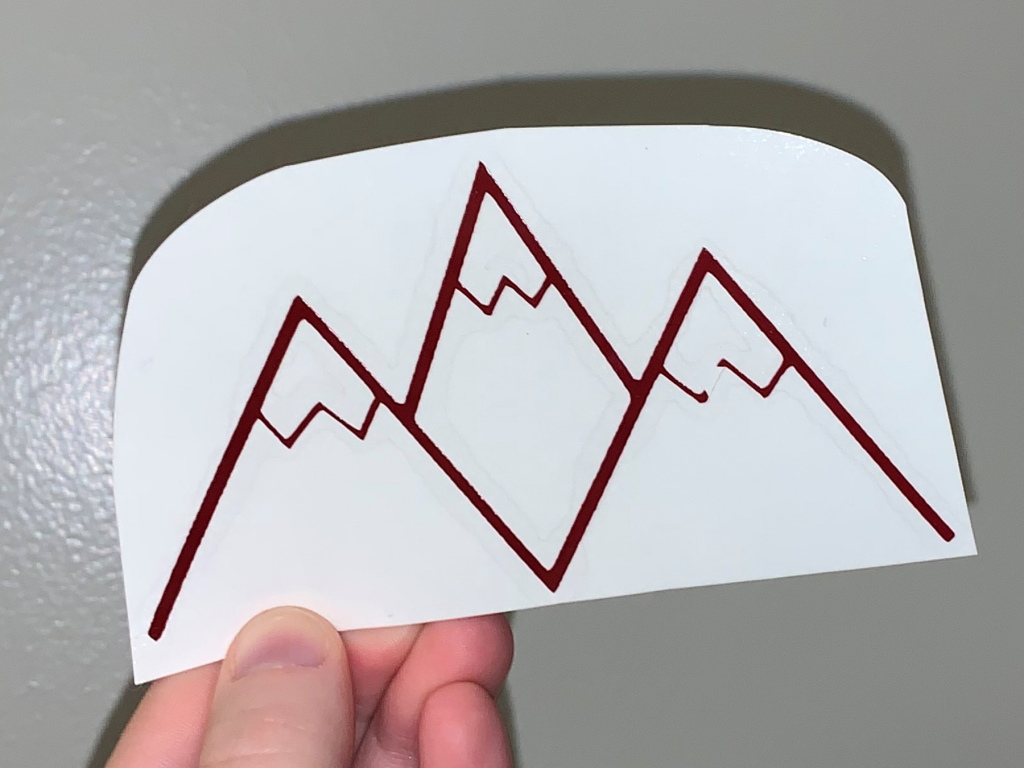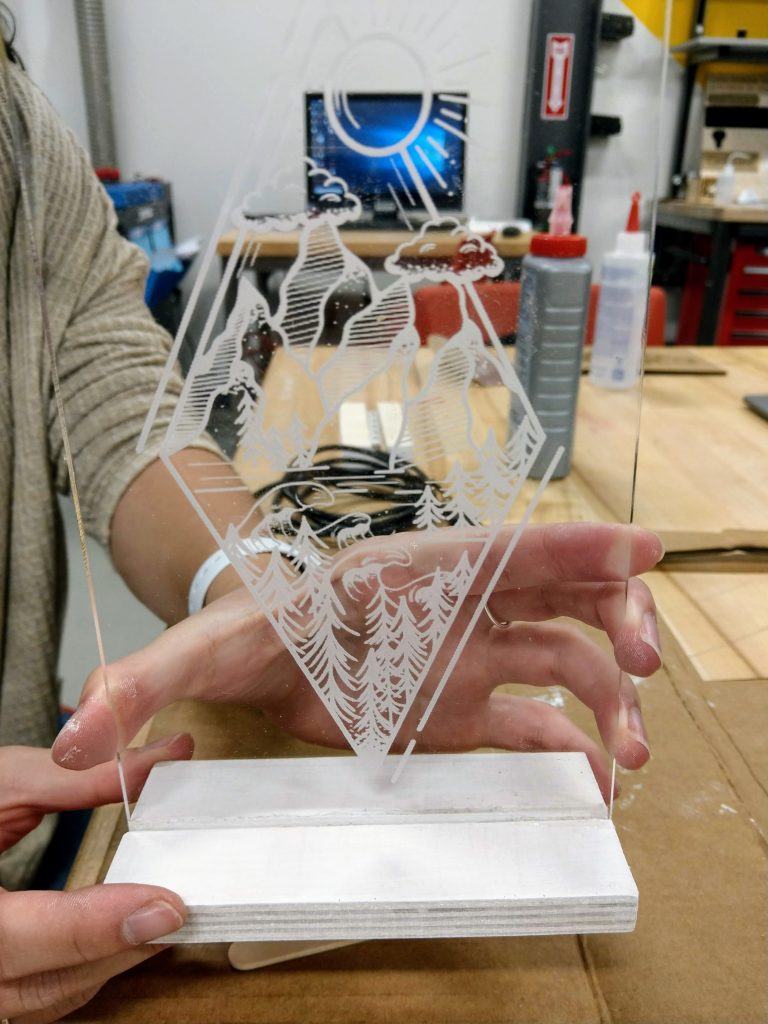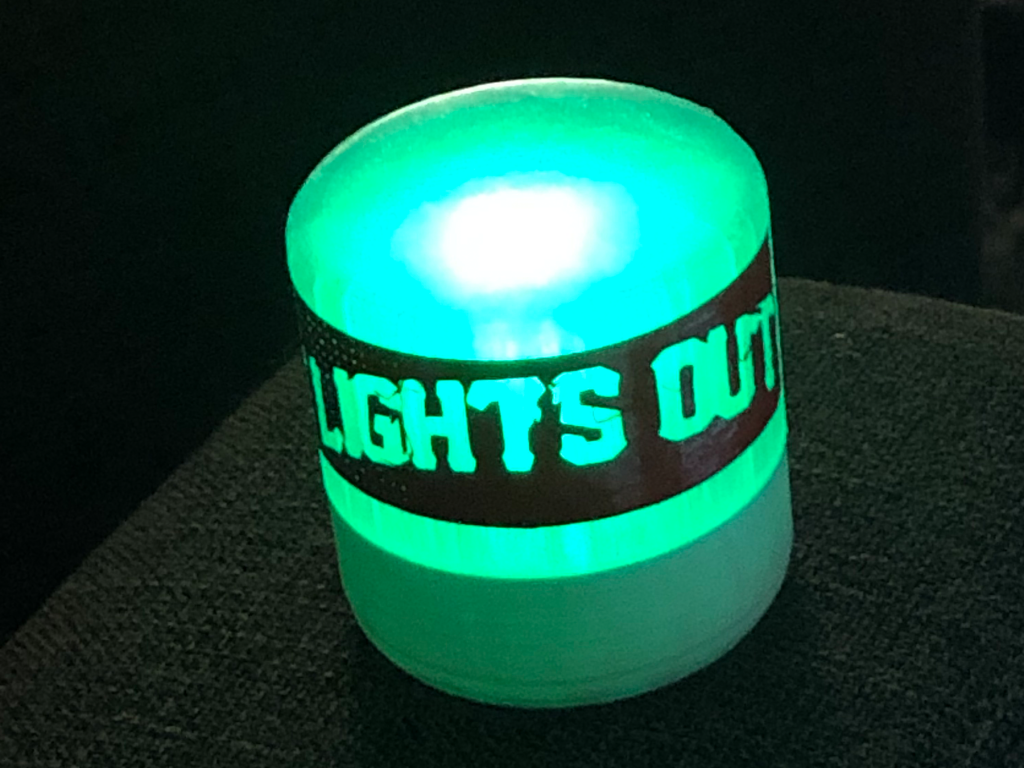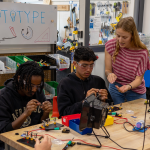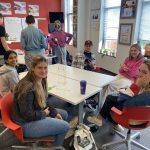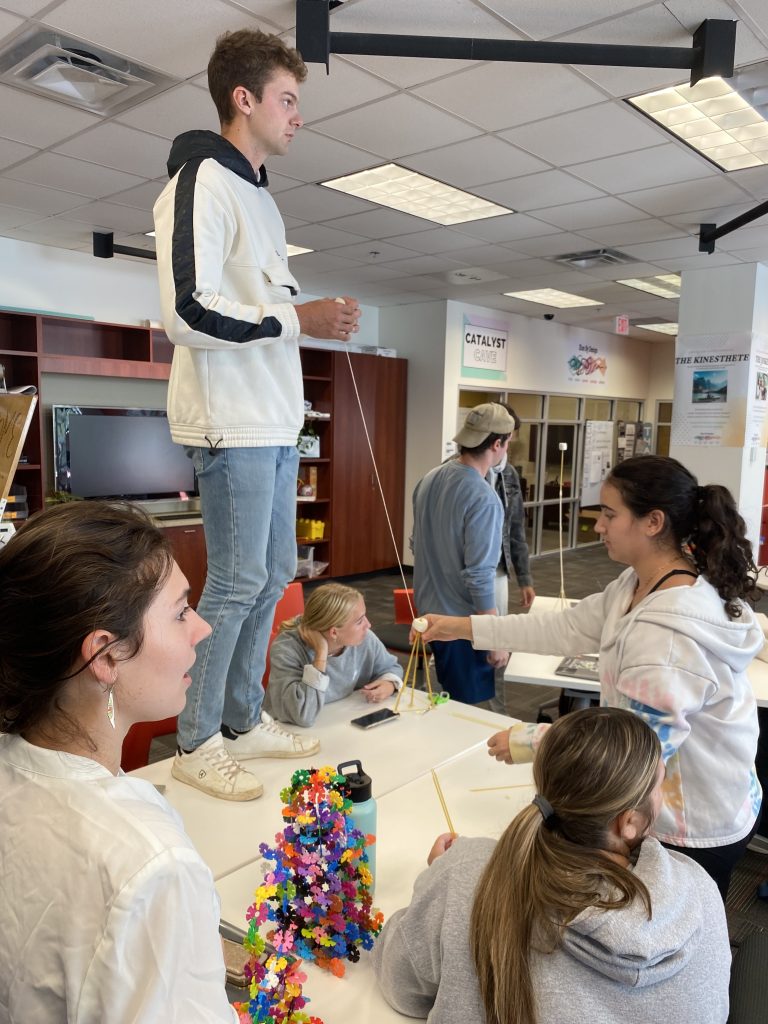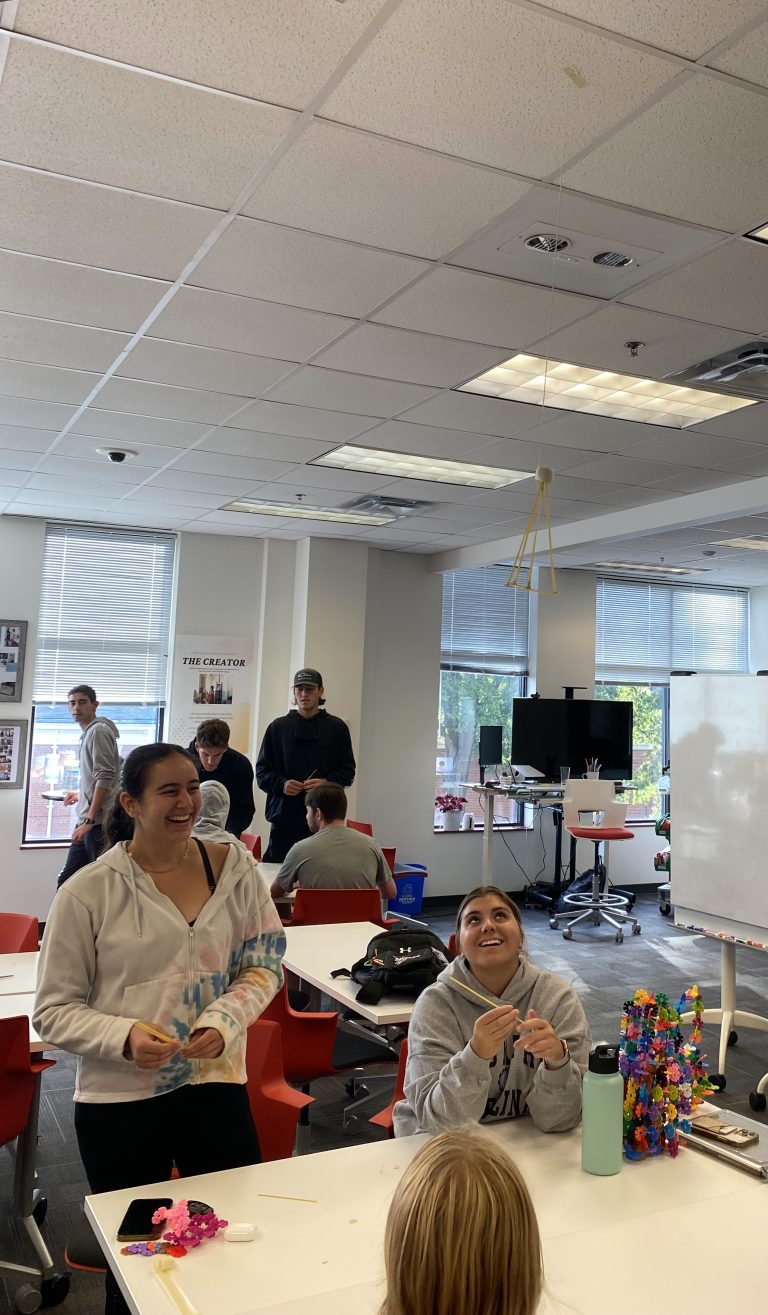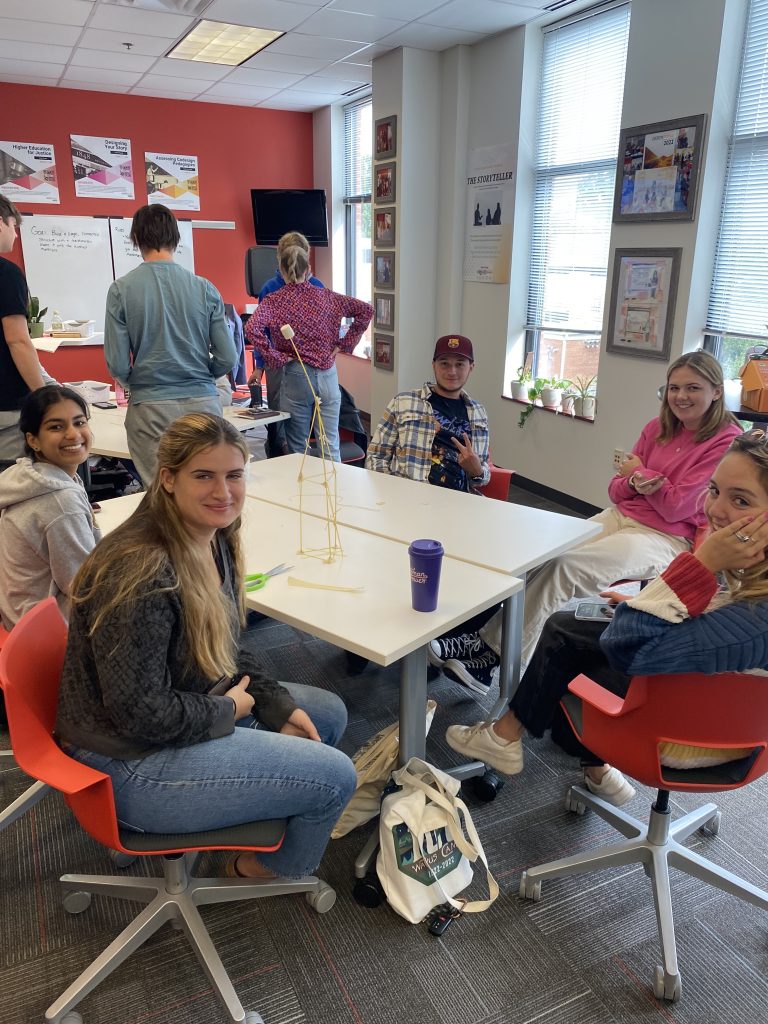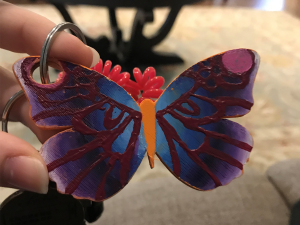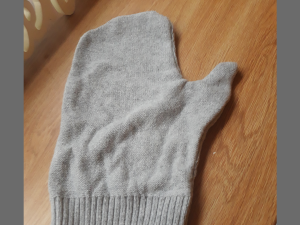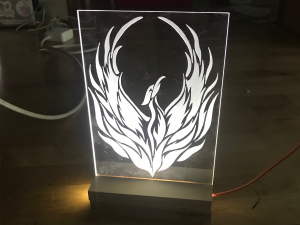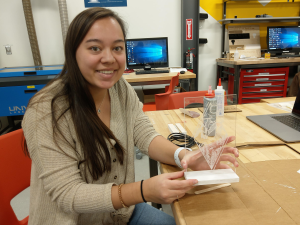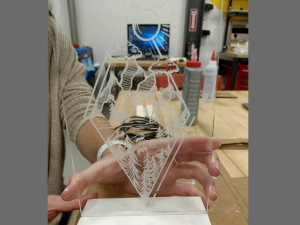Principles of Accounting | ACC 2010
Instructor: Eric Brown
Assignment Objective
The goal for this assignment is to tie managerial accounting concepts to a tangible product and process. The assignment served as a launching pad for discussions and practice of various managerial accounting vocabulary, concepts, and analyses.
Deliverable
Responses to several case questions related to manufacturing, costing, and pricing a glowing weevil bug product.
Why the Hub?
There’s a lot of research showing how tying abstract concepts to a physical object/process can reinforce learning. In general, my colleague and I were looking for other modalities of instruction to enhance student learning.
Success? Encore?
In general, this was a success! Many students appreciated making a physical product because it helped them understand some of the concepts we talked about in the classroom. Advice to other faculty: Go meet with the Maker Hub! They do so many cool things there. You can probably find something there that you could incorporate into your class!
Logistics
Students visited the Maker Hub outside of class time to complete electronics training. In the training, they learned the basics of soldering and electricity and made a light-reactive bug with a light sensor, battery, and LED light. This project is the basis of the case study.
Tools
Soldering irons
Materials
Light-reactive weevil soldering kits
Principles of Management and Organizational Behavior | MGT 3230
Instructor: Mustafa Akben
Assignment Objective
The core objective of this activity was to enhance the student’s understanding of the creativity process within an organizational setup, discovering the three types of creativity processes with a hands-on activity. The focus was to convey the importance of creativity in solving complex problems (in our case, a modified Marshmallow Challenge), especially in team settings. Dan Reis and I designed this activity to encourage students to challenge their assumptions and think outside the box.
Deliverable
The students were tasked with a modified version of the Marshmallow Challenge. By incorporating elements like balloons and helium gas, this task encouraged the students to think creatively and expand their approach beyond conventional methods.
Why the Hub?
The Maker Hub provided an ideal environment to carry out this activity. It not only supplied all the necessary resources but also fostered a friendly atmosphere that was conducive to creative thinking.
Success? Encore?
The activity was indeed successful in communicating the key teaching objectives. The end-of-year feedback stressed the students’ fondness for this activity. In light of the positive response, I am definitely considering conducting similar activities in the Maker Hub. My advice to other faculty members would be to explore such hands-on activities to enrich the learning experience.
Tools
We did not require any specific tools for this activity.
Materials
The materials used included the standard components of the Marshmallow Challenge: spaghetti, marshmallows, masking tape, and string. Additionally, we also used balloons, ropes, helium gas, and scissors, all sourced from the Hub.
Creativity & The Doer/Maker Mindset | ENT 250
Instructor: Elena Kennedy
Assignment Objectives
This first-year entrepreneurship course helps students develop a range of entrepreneurial competencies including creativity, creation, leveraging resources, and asking for help, which student practice when they’re making things.
Deliverable
Students create 3 “artifacts” over the course of separate visits that are personally significant to them. They may choose between: vinyl sticker, 3d printed key chain, upcycling clothing using sewing, or soldering a flip light.
- Creativity & The Doer/Maker Mindset – Elena Kennedy: Students soldered a battery, a switch, and a LED to create this light that turns on/off when it’s flipped over.
- Creativity & The Doer/Maker Mindset – Elena Kennedy: Students were required to 3D print one object that was personally meaningful to them.
- Creativity & The Doer/Maker Mindset – Elena Kennedy: Students made a textile project of their choice, like the mitten in the picture.
- Creativity & The Doer/Maker Mindset – Elena Kennedy: Students designed and cut a vinyl sticker that was meaningful to them.
Tools
Students used the Silhouette vinyl cutter, 3D printer, sewing machine, and soldering iron.
Materials
Students used different materials depending on the projects they chose. The Maker Hub supplied all the materials.
Why the Hub?
We want students to get outside of their comfort zone and in a creative space. We want students to have confidence as makers, as well as understand that often the process of making something isn’t linear and requires revision and iteration.
Success? Encore?
This project has been a huge success for our students. We’ve been running it for the past three years and it is a key experience for many of our students. Because all ENT250 students have completed the assignment we can require more complex prototypes from them in later classes.
Learn More
Learn more about this assignment by reading Independence in the Making: Using Makerspace Experiences to Build Foundational Entrepreneurial Competencies. Written by Elon Entrepreneurship faculty and the Maker Hub, this article recaps the makerspace assignment used in this class, including the reasons behind the activity, the logistics of the assignment, and how it helps students gain confidence as a maker while creating personally significant artifacts.
Bringing the Venture to Life | ENT 460
Instructor: Sean McMahon
Assignment Objective
Hands-on activity, completing something physical that students envisioned (and noting that what they envisioned is often very different than what they actually produce), using old-school (e.g., soldering) and new-school tech (laser engraver), getting out of comfort zone.
Deliverable
Students create a LED light-up sign – laser engrave a design into acrylic plastic that is lit from below with a strip of LED lights.
- Bringing the Venture to Life – Sean McMahon: Students were required to apply what they’ve learned at the Maker Hub in previous Entrepreneurship classes to create a personalized light-up sign.
- Student posing with the light-up sign she made for class.
- Closeup of the light-up sign.
Tools
Students use the laser engraver and soldering iron to create their lights.
Materials
The Maker Hub provides kits that include a piece of acrylic, a pre-cut wood base, a short led light strip, and a USB cable to power the lights.
Why the Hub?
This assignment is great for getting students out of their comfort zone. Cognitive ambidexterity is important. Learning new tech, but also learning how to learn.
Success? Encore?
Yes, it is a staple of our capstone entrepreneurship program!
